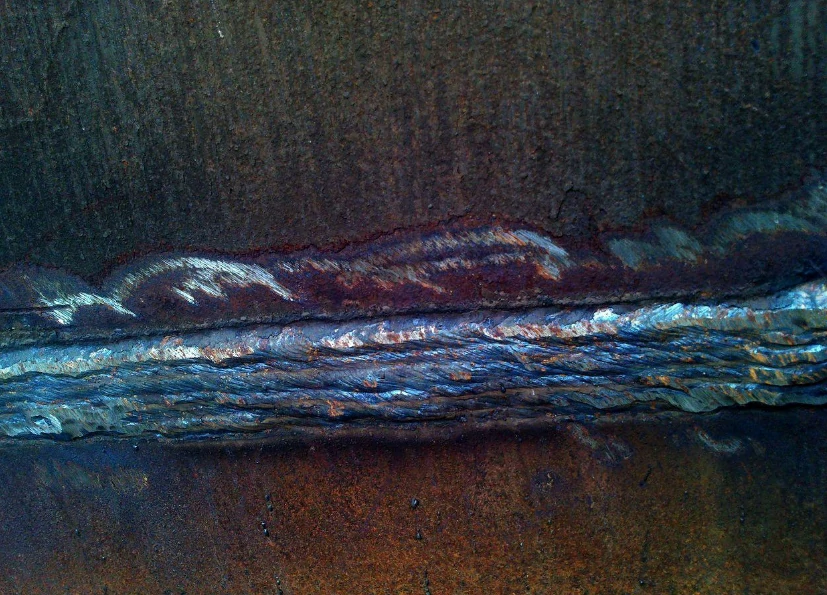Expert Techniques for Preventing Weld Undercut Effectively
Expert Techniques for Preventing Weld Undercut Effectively
Blog Article
Understanding the Art of Welding: How to Prevent Undercut Welding Issues for Flawless Fabrication Results
Performance and accuracy are extremely important in the globe of welding, where even the smallest flaw can compromise the architectural integrity of a made item. One typical difficulty that welders face is undercutting, a flaw that can compromise a weld joint and lead to costly rework. By understanding the source of undercut welding and executing reliable strategies to stop it, welders can elevate their craft to new levels of quality (Preventing weld undercut). In the pursuit of perfect fabrication outcomes, understanding the art of welding to avoid undercut concerns is not just a skill yet a requirement for those aiming for excellence in their work.
Recognizing Undercut Welding

To stop undercut welding, welders need to make sure correct welding specifications, such as adjusting the existing, voltage, travel speed, and maintaining the right electrode angle. In addition, utilizing the appropriate welding strategy for the specific joint arrangement is essential. Using weaving movements or backstepping methods can assist make sure correct weld steel deposition and lower the probability of undercut formation. Normal assessment of welds throughout and after the welding process is also critical to capture any undercut very early and make necessary adjustments to avoid further problems. Preventing weld undercut. By understanding the reasons for undercut welding and executing safety nets, welders can attain high-quality, structurally audio welds.
Sources Of Undercut in Welding
Understanding the variables that contribute to undercut in welding is important for welders to produce premium, structurally audio welds. Insufficient welding existing or wrong welding speed can additionally contribute to undercut. Understanding these reasons and applying proper welding strategies can assist protect against damaging issues, ensuring long lasting and strong welds.
Strategies to avoid Undercutting

To minimize the threat of undercutting in welding, welders can employ strategic welding techniques aimed at boosting the top quality and stability of the weld joints. Furthermore, utilizing the appropriate welding technique for the particular joint arrangement, such as weave or stringer grains, can contribute to minimizing damaging.
Furthermore, proper joint prep work, including guaranteeing clean base materials complimentary of contaminants and using the that site suitable welding consumables, is crucial in preventing undercut issues. Using back-step welding techniques and controlling the weld bead profile can also assist distribute heat equally and decrease the risk of undercut. Regular assessment of the weld joint during and after welding, as well as applying quality control steps, can aid in dealing with and identifying damaging problems promptly. By applying these strategies diligently, welders can attain perfect construction results with minimal undercut problems.
Significance of Correct Welding Parameters
Selecting and preserving proper welding parameters is necessary for attaining successful welds with minimal flaws. Welding specifications refer to variables such as voltage, existing, travel rate, electrode angle, and securing gas flow rate that directly affect the welding procedure. These specifications need to be carefully changed based upon the kind of material being bonded, its thickness, and the welding strategy utilized.
Proper welding specifications ensure the right amount of warm is related to thaw the base metals and filler product consistently. If the specifications are set too expensive, it can lead to extreme warmth input, causing burn-through, spatter, or distortion. On the other hand, if the criteria are also reduced, insufficient fusion, absence of infiltration, or damaging might occur.
High Quality Assurance in Welding Operations

Verdict
Finally, mastering the art of welding needs a comprehensive understanding of undercut welding, its causes, and strategies to avoid it. By guaranteeing proper welding specifications and implementing quality assurance techniques, flawless manufacture outcomes can be achieved. It is vital for welders to continually aim for quality in their welding operations to stay clear of undercut concerns and produce top quality welds.
Undercut welding, a common flaw in welding processes, takes place when the weld steel does not correctly fill up the groove and leaves a groove or anxiety along the bonded joint.To stop undercut welding, welders must make sure appropriate welding parameters, such as adjusting the present, voltage, traveling rate, and keeping the proper electrode angle. Inadequate welding wrong great site or existing welding speed can likewise contribute to undercut.To minimize the danger of damaging in welding, welders can use calculated welding methods intended at improving the high quality and honesty of the weld joints.In conclusion, understanding the art of welding requires a thorough understanding of undercut welding, its reasons, and techniques to prevent it.
Report this page